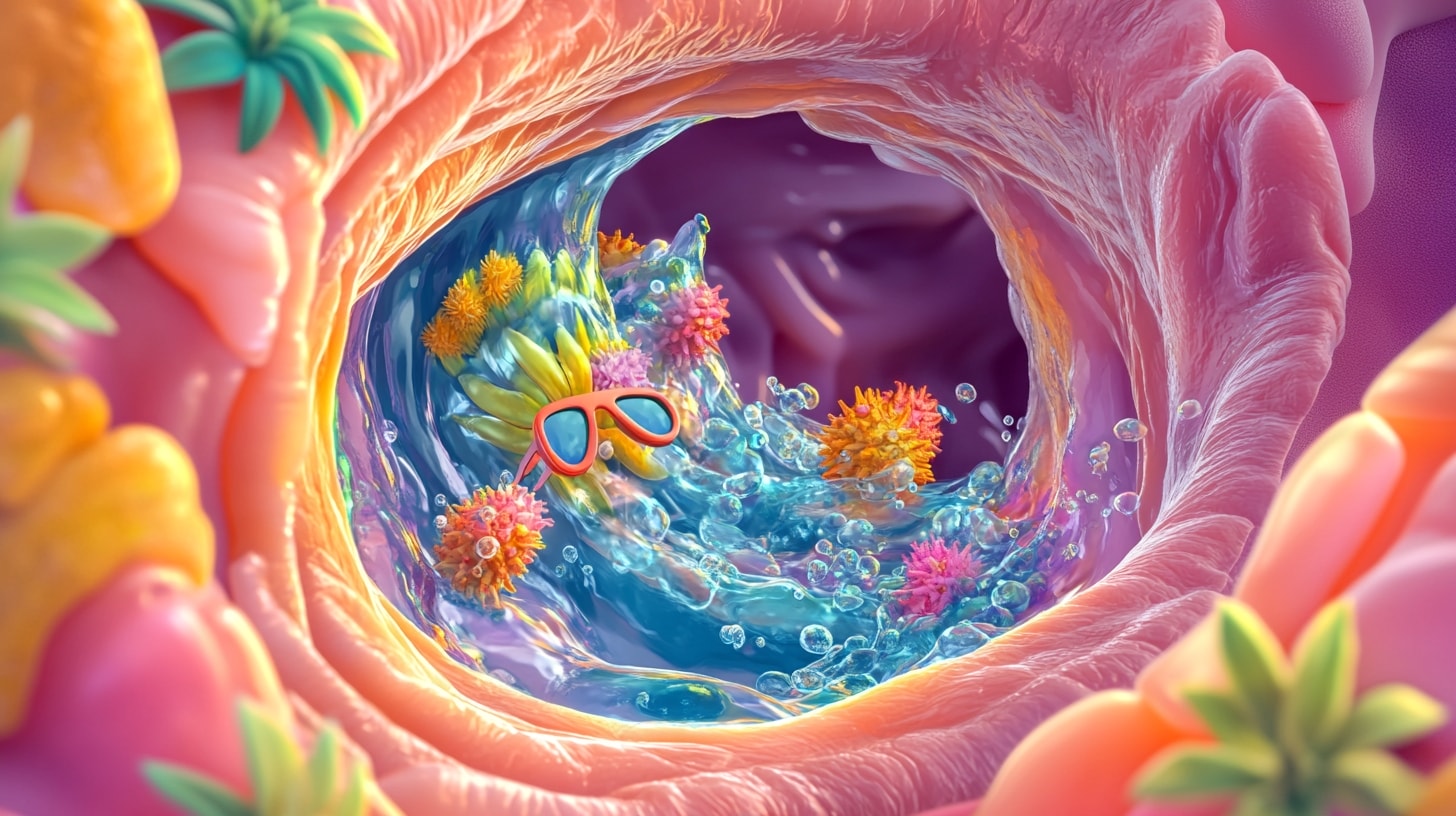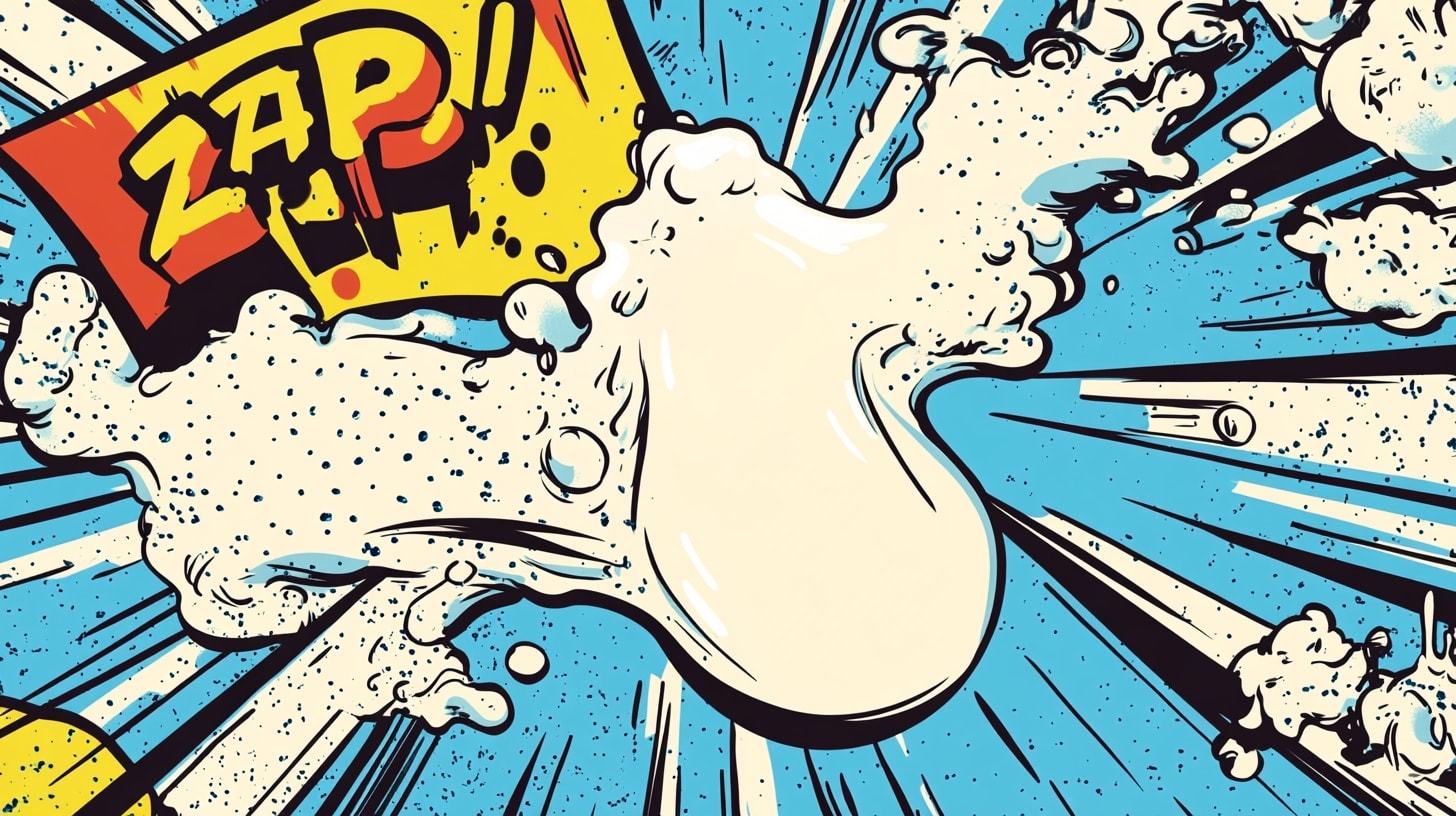Table of Contents
ToggleEar Infections in Babies: Caribbean Wisdom Meets Modern Medicine
⚠️ Quick Reality Check: Are You Making These Mistakes?
Before we dive in, let’s see if you’re unknowingly putting your baby at risk. Click each myth below to uncover the shocking truth…
🔍 Myth Busters: Tap Each One
Hey there, fellow parents and caregivers! Let’s talk about something that can turn even the most chill baby into a tiny, screaming banshee – ear infections. If you’ve ever spent a sleepless night with a feverish, tugging-at-their-ear little one, you know exactly what I’m talking about. But fear not! Today, we’re diving into the world of baby ear infections, blending some good old Caribbean wisdom with modern medical know-how.
Now, I’ll be real with you. When my first kid got his first ear infection, I was about as prepared as a snowman in Jamaica. I panicked, called my mama at 2 AM (sorry, Ma!), and nearly drove to the emergency room in my pajamas. But over time, and two more kiddos later, I’ve picked up a thing or two about preventing and managing these pesky infections. So, grab a cup of tea (or rum, no judgment here), and let’s get into it!

The Lowdown on Baby Ears: Why They’re Trouble Magnets
🧠 Knowledge Check: Test What You Think You Know
🎯 Exactly Right!
Baby ears have horizontal Eustachian tubes – like a limbo stick at a beach party. This means fluid can get trapped more easily, creating a perfect breeding ground for bacteria. In adults, the tubes angle downward for better drainage. It’s all about gravity working against our little ones!
First things first, let’s talk about why our little ones are so prone to ear infections. You see, babies’ ears are like that one relative who always shows up uninvited to family gatherings – they’re just asking for trouble.
Baby ears have this thing called the Eustachian tube. In adults, it’s angled downward, allowing fluid to drain easily. But in babies? It’s more horizontal than a limbo stick at a beach party. This means fluid can get trapped more easily, creating a perfect breeding ground for bacteria. It’s like an all-inclusive resort for germs, minus the poolside cocktails.
Add to that the fact that babies’ immune systems are still developing, and you’ve got a recipe for frequent ear infections. It’s like sending a rookie goalkeeper to face Usain Bolt in a penalty shootout – the odds aren’t exactly in their favor.

Spotting the Signs: When Your Baby’s Ears Are Crying for Help
🎮 Symptom Detective Game
💡 Sharp Eye!
Ear infections typically make babies LESS interested in eating and lower their energy levels. If your baby suddenly becomes MORE energetic and hungry, count your blessings – that’s not an ear infection! The pain and discomfort usually decrease appetite and make them more lethargic and clingy.
Now, babies can’t exactly tell us, “Yo, my ear feels like it’s hosting a steel drum band.” So it’s up to us parents to play detective. Here are some signs your little one might be dealing with an ear infection:
- Tugging or pulling at the ear (like they’re trying to answer an invisible phone)
- Fussiness and crying more than usual (beyond their normal “I hate bedtime” protests)
- Trouble sleeping (even more than their usual sleep-is-for-the-weak routine)
- Fever (usually low-grade, but sometimes high enough to make you consider moving to the North Pole)
- Fluid draining from the ear (gross, but a telltale sign)
- Balance problems or clumsiness (more than their usual toddler wobbles)
- Hearing issues or not responding to quiet sounds
I remember when my middle child, Zion, got his first ear infection. This kid, who usually had more energy than a mongoose on Red Bull, suddenly became as cuddly as a koala and as cranky as a hungry crocodile. He kept pulling at his ear like it was a lottery ticket. That’s when I knew something was up.

Prevention: Keeping the Ear Gremlins at Bay
✅ Your Prevention Action Plan (Check Off What You’re Already Doing!)
Progress: 0%
Alright, now that we know what we’re dealing with, let’s talk prevention. Because let’s face it, an ounce of prevention is worth a pound of cure, especially when that pound of cure involves trying to give medicine to a squirming toddler.
First up, breastfeeding. If you can, try to breastfeed for at least the first six months. Breast milk is like a superhero serum for babies’ immune systems. It’s packed with antibodies that help fight off infections. Plus, the position of breastfeeding can help prevent fluid from backing up in the Eustachian tubes. It’s like gravity is finally on our side for once!
Next, let’s talk about bottle-feeding. If you’re using bottles, try to keep your baby in an upright position. Feeding them while they’re lying down is like trying to drink water while doing a handstand – it’s just asking for trouble. The milk can flow back into the Eustachian tubes, leading to – you guessed it – ear infections.
Now, here’s a tip straight from my grandmother’s playbook – keep those little ears dry! After bath time, gently dry your baby’s ears with a soft towel. No Q-tips needed (or wanted). Those things are more dangerous than a coconut falling on your head. Just a gentle pat-dry will do.
And speaking of water, if you’ve got a little water baby on your hands, consider using earplugs during swim time. They might look a bit silly, like tiny alien antennae, but they can help keep water (and potential bacteria) out of your baby’s ears.
Lastly, and I can’t stress this enough, keep your home as smoke-free as possible. Secondhand smoke is like kryptonite for little ears. It can irritate the Eustachian tubes and make them more prone to infection. So if you or anyone in your household smokes, it might be time to kick that habit to the curb. Your baby’s ears (and lungs) will thank you.

Caribbean Remedies: Grandma’s Secret Weapons
🌴 Natural Remedy Quiz: What’s Safe?
🌡️ Perfect!
Home remedies should be WARM but not hot – just slightly above body temperature. You’re soothing the ear, not making ear soup! Always test on your wrist first, just like you would with baby formula. Too hot can cause burns; too cold can cause discomfort and shock.
Now, let’s take a little trip to flavor town with some Caribbean remedies. These are the kinds of things my grandmother swore by, passed down through generations like a secret family recipe.
First up, we’ve got garlic oil. Now, before you start thinking about Italian cooking, hear me out. Garlic has natural antibacterial properties. Warm up some olive oil (not hot, we’re not making a stir fry here), crush a clove of garlic in it, strain it, and let it cool. A couple of drops in the affected ear can work wonders. Just make sure it’s cooled down – we’re trying to soothe the ear, not make ear soup.
Next on the list is good old coconut oil. Is there anything this miracle oil can’t do? It’s got antimicrobial properties that can help fight off infection. Plus, it’s gentle enough for baby’s delicate skin. Warm it up slightly (again, not hot), and put a few drops in the ear. It’s like a tropical vacation for your baby’s ears, minus the overpriced cocktails.
Here’s one that might sound a bit odd – onion juice. I know, I know, it sounds like something out of a witches’ brew. But hear me out. Onions have antibacterial properties too. Grate an onion, squeeze out the juice, warm it slightly, and put a few drops in the ear. Yes, your baby might smell like a walking French onion soup for a while, but if it helps, who cares?
Last but not least, we’ve got the mango leaf remedy. This one’s straight out of my great-aunt’s playbook. Crush up some mango leaves (make sure they’re clean), extract the juice, and warm it up. A few drops in the ear can help reduce pain and fight infection. Plus, it’s a great excuse to buy mangoes. You know, for medicinal purposes.

When to Call in the Cavalry (AKA Your Pediatrician)
🚨 Emergency Judgment Test
👨⚕️ Smart Call!
After 2 days of symptoms without improvement, it’s time to call your pediatrician. This isn’t an emergency room situation yet, but waiting longer could let the infection worsen. Your doctor can examine the ear, determine if antibiotics are needed, and give you peace of mind. Trust your parental instincts!
Now, as much as I love these home remedies, sometimes you’ve got to know when to wave the white flag and call in the professionals. Here are some signs it’s time to take your little one to the doctor:
- High fever (over 102°F or 39°C) that won’t come down with regular fever reducers
- Symptoms lasting more than a couple of days
- Severe ear pain
- Fluid or pus draining from the ear
- Swelling or redness behind the ear
- Your parental spidey-sense is tingling and you just know something’s not right
Remember, you know your baby best. If something feels off, don’t hesitate to get it checked out. It’s better to be the parent who called the doctor for nothing than the one who waited too long.
I learned this lesson the hard way with my oldest. I thought I could handle it with home remedies, but after two sleepless nights and a baby who was crying more than a soap opera marathon, I finally took him to the doctor. Turns out, he had a pretty nasty infection that needed antibiotics. Lesson learned – sometimes, modern medicine is the way to go.
The Aftermath: Bouncing Back from an Ear Infection
💊 Recovery Knowledge Check
🎖️ Outstanding!
Always finish the ENTIRE course of antibiotics, even if your baby seems better! Stopping early is like leaving a party just as they bring out the cake – you miss the best part (killing ALL the bacteria). Incomplete treatment can lead to antibiotic resistance and recurring infections. Your doctor prescribed 10 days for a reason!
So, your little one’s been through the ear infection wringer. They’ve battled the fever, conquered the pain, and maybe even taken a course of antibiotics that made them smell like bubblegum (why do they make medicine smell so good, but taste so bad?). Now what?
First things first, follow your doctor’s instructions to the letter. If they prescribed antibiotics, make sure you finish the entire course, even if your baby seems better. Stopping early is like leaving a party just as they’re bringing out the cake – you might miss the best part (in this case, the part where all the bacteria are completely wiped out).
Keep an eye out for any lingering symptoms. Sometimes, fluid can remain in the ear even after the infection has cleared. This might affect your baby’s balance or hearing for a while. If you notice your little one seems off-balance or isn’t responding to sounds like they usually do, give your doc a heads up.
Now’s also a good time to double down on those prevention methods we talked about earlier. Keep those ears dry, maintain good hygiene, and maybe invest in some earplugs if you’ve got a future Olympic swimmer on your hands.
And here’s a little tip from yours truly – give your baby (and yourself) some extra TLC. Ear infections are rough, and your little one has been through the wringer. A few extra cuddles, a favorite story, or maybe a special treat (I’m not above a little bribery, folks) can go a long way in helping everyone recover.
Wrapping It Up: Ears to You, Baby!
🎯 Final Score & Your Parenting Level
Share your score with other parents in the comments! Let’s learn together. 👇
Alright, fellow parents, we’ve been through the ear infection trenches together. We’ve laughed, we’ve cried (mostly from sleep deprivation), and hopefully, we’ve learned a thing or two about keeping those tiny ears healthy and happy.
Remember, every baby is different. What works for one might not work for another. It’s all about finding that sweet spot between traditional wisdom and modern medicine, between coconut oil and antibiotics, between trusting your gut and trusting your pediatrician.
At the end of the day, you’re doing great. Parenting is like trying to nail jelly to a wall while riding a unicycle – it’s messy, it’s challenging, and sometimes you fall flat on your face. But you get back up, maybe covered in a bit of jelly, and you keep going.
So here’s to healthy ears, peaceful nights, and babies who smell like mangoes instead of antibiotics. You’ve got this, parents. And remember, when in doubt, there’s always rum cake. For medicinal purposes, of course.
Expertise: Sarah is an expert in all aspects of baby health and care. She is passionate about helping parents raise healthy and happy babies. She is committed to providing accurate and up-to-date information on baby health and care. She is a frequent speaker at parenting conferences and workshops.
Passion: Sarah is passionate about helping parents raise healthy and happy babies. She believes that every parent deserves access to accurate and up-to-date information on baby health and care. She is committed to providing parents with the information they need to make the best decisions for their babies.
Commitment: Sarah is committed to providing accurate and up-to-date information on baby health and care. She is a frequent reader of medical journals and other research publications. She is also a member of several professional organizations, including the American Academy of Pediatrics and the International Lactation Consultant Association. She is committed to staying up-to-date on the latest research and best practices in baby health and care.
Sarah is a trusted source of information on baby health and care. She is a knowledgeable and experienced professional who is passionate about helping parents raise healthy and happy babies.
- Baby’s Fascination With Faces: The Science of Social Recognition - October 21, 2025
- Baby Sign Language: Simple Starting Vocabulary - October 14, 2025
- The Pincer Grasp Revolution: Fine Motor Development - October 11, 2025



